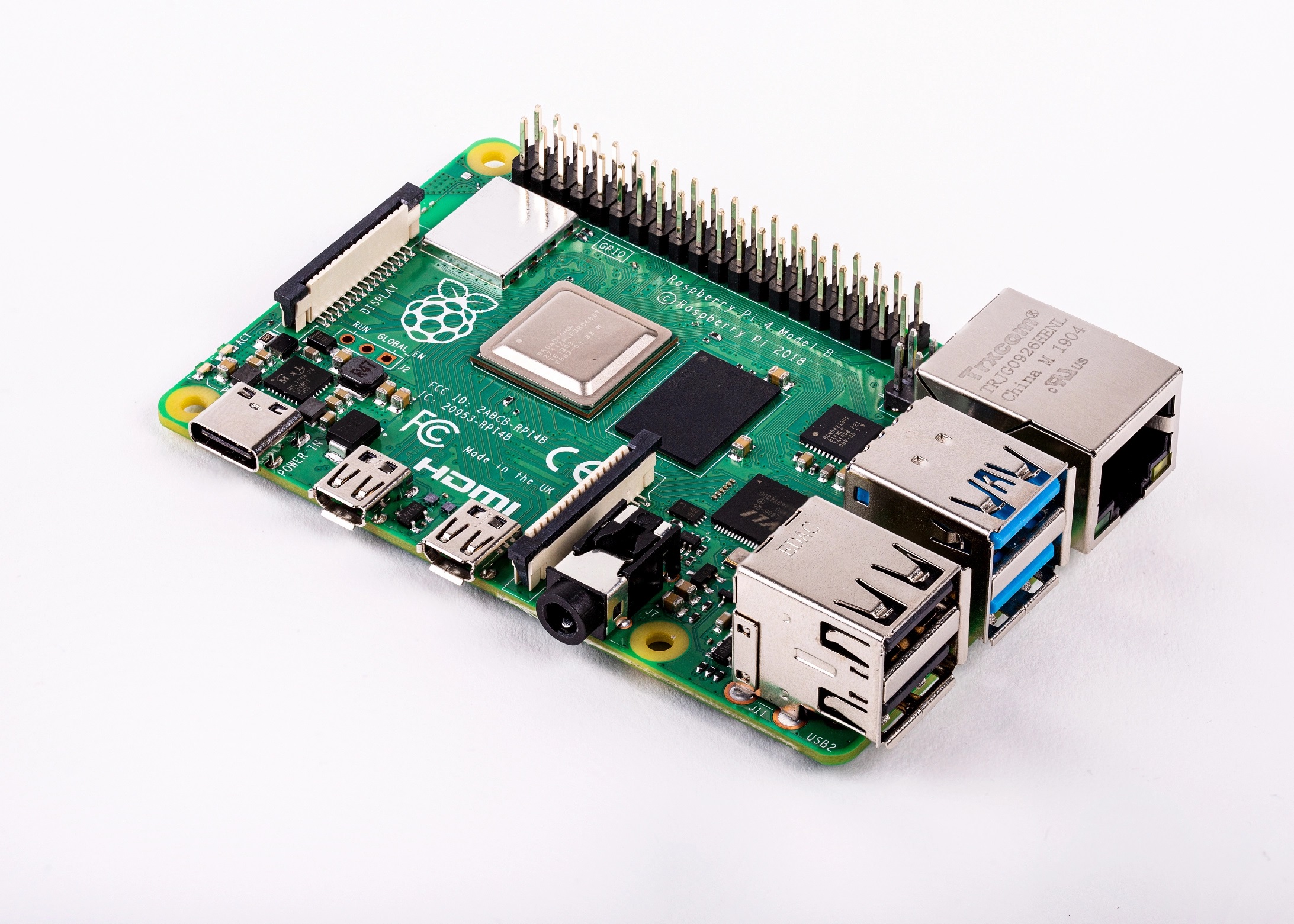Linux Kernel 6.2 Set To Enable Easier 4K Connections for Raspberry Pi
Tiny computer, big monitor
Good news for Raspberry Pi 4 (or the all-in-one 400) owners with large screens comes in the form of a pull request for the Linux kernel 6.2, spotted by Phoronix. An updated driver for the Pi’s Broadcom GPU in the kernel could make it easier to use a 60Hz framerate at 4K.

Presently, you can connect the Pi 4 to a pair of 4K monitors, thanks to its dual micro-HDMI ports, and it will happily display its Debian-based desktop across them, at a refresh rate of 30Hz. This isn’t enough for some people, and the option exists to raise the output of one of the ports - the one nearest the USB-C power input socket - to 60Hz. To do this, you need to edit the config.txt file from a Terminal window then select it in the screen configuration utility. It’s a fiddly job, but perfectly in line with the Raspberry Pi ethos.
Version 6.2 of the Linux kernel seems about to change all that. For some time, you’ve been able to use an unofficial patch to drive both ports at 60Hz, but official support missed the merge window for kernel 5.15, then a regression occurred from 5.18 that made things worse.
The new code in kernel 6.2 does slightly more than simply unlock the higher refresh rate. To use it, you need a monitor and HDMI cable capable of carrying and displaying the signal, and HDMI detection code has been reworked to permit automatic configuration if the entire chain is compliant.
The pull request, which comes from Maxime Ripard, the brains behind the earlier patches, also includes changes to make sure the VC4’s clock speed doesn’t get too high, and updates the firmware driver for the GPU.
There's no news yet about when the Raspberry Pi OS will get a kernel update, and it’s not clear whether this update will unlock 60Hz 4K on both the Pi 4’s micro HDMI ports - that might be a little too much to ask - but it will certainly make the process of connecting it to a 4K monitor and getting the higher framerate easier, with fewer trips into the configuration utility. The Raspberry Pi 4 can get a little hot in use, and while at the moment it’s perfectly possible to use one without a heat sink, it remains to be seen what effect these changes will have on the tiny computer’s thermal envelope, especially as it’s potentially now working the GPU harder.
Get Tom's Hardware's best news and in-depth reviews, straight to your inbox.

Ian Evenden is a UK-based news writer for Tom’s Hardware US. He’ll write about anything, but stories about Raspberry Pi and DIY robots seem to find their way to him.